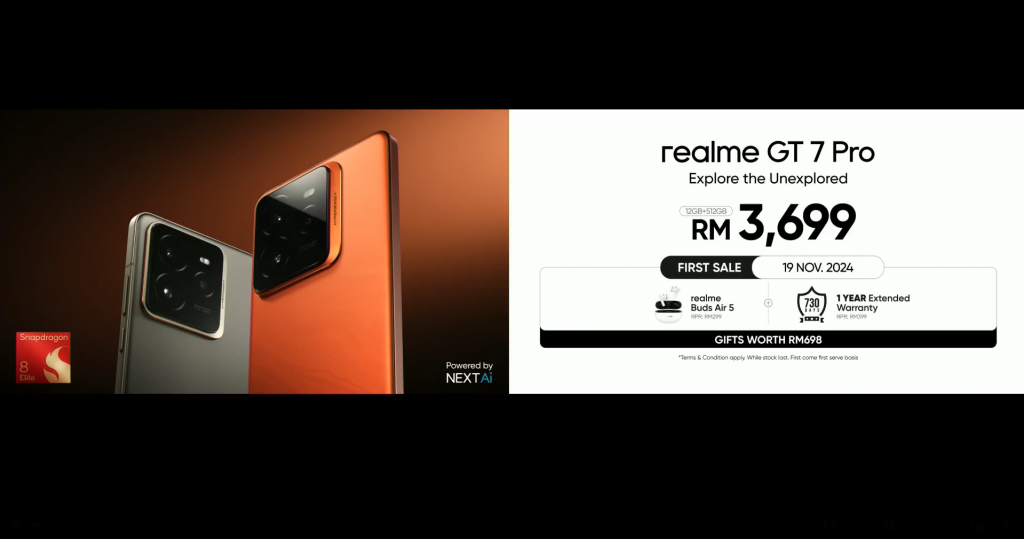This guide is designed to show you what to do when. your Android phone’s storage is full, there are a number of different things that you can do to free up storage on your Android device. When your Android phone’s storage is full, you may start to see error messages, your phone may run slowly, or it may not be able to install new apps or download updates. If you’re experiencing any of these problems, it’s time to free up some space.
1. Uninstall unused apps.
One of the easiest ways to free up space is to uninstall apps that you don’t use anymore. To do this, go to Settings > Apps & notifications. Tap on the app you want to uninstall and then tap Uninstall.
2. Clear app caches and data.
Apps store temporary data in their caches, which can take up space over time. To clear an app’s cache and data, go to Settings > Apps & notifications. Tap on the app you want to clear and then tap Storage & cache. Tap Clear cache and then Clear storage.
3. Move files to an SD card.
If you have an SD card in your phone, you can move some of your files to it to free up space on your internal storage. To do this, go to Settings > Storage. Tap on the Internal storage section and then tap the three dots in the top right corner. Tap Move files to SD card and select the files you want to move.
4. Back up your photos and videos to the cloud.
Photos and videos can take up a lot of space on your phone, so backing them up to the cloud is a great way to free up space. There are many different cloud storage services available, such as Google Photos, iCloud, and Dropbox.
5. Delete old messages and attachments.
If you have a lot of old messages and attachments on your phone, deleting them can free up some space. To do this, open your messaging app and delete any old messages or attachments that you don’t need anymore.
6. Use a file manager app.
A file manager app can help you to find and delete large files on your phone. There are many different file manager apps available, such as Files by Google and Solid Explorer.
7. Disable unused features.
Some Android phones have features that you may not use, such as bloatware apps and pre-installed services. You can disable these features to free up some space. To do this, go to Settings > Apps & notifications. Tap on the app or service you want to disable and then toggle the switch off.
8. Upgrade to a phone with more storage.
If you’ve tried all of the above tips and your phone’s storage is still full, you may need to upgrade to a phone with more storage.
Here are some additional tips to help you keep your Android phone’s storage free:
- Be selective about the apps you install. Only install apps that you really need and use.
- Regularly review your installed apps and uninstall any that you don’t use anymore.
- Clear app caches and data regularly.
- Back up your photos and videos to the cloud regularly.
- Avoid downloading large files to your phone. If you need to download a large file, save it to your SD card or to a cloud storage service.
- Use a file manager app to find and delete large files on your phone.
- Disable unused features on your phone.
By following these tips, you can keep your Android phone’s storage free and running smoothly. If you have tried all of the above tips and your Android storage is still full, you may need to consider upgrading to a device with more storage space. We hope that you find our guide on what to do when you Android phone’s storage is full, if you have any tips or questions, please leave a comment below and let us know.
Image Credit: Indra Projects
Filed Under: Android News, Guides, Mobile Phone News
Latest togetherbe Deals
Disclosure: Some of our articles include affiliate links. If you buy something through one of these links, togetherbe may earn an affiliate commission. Learn about our Disclosure Policy.




